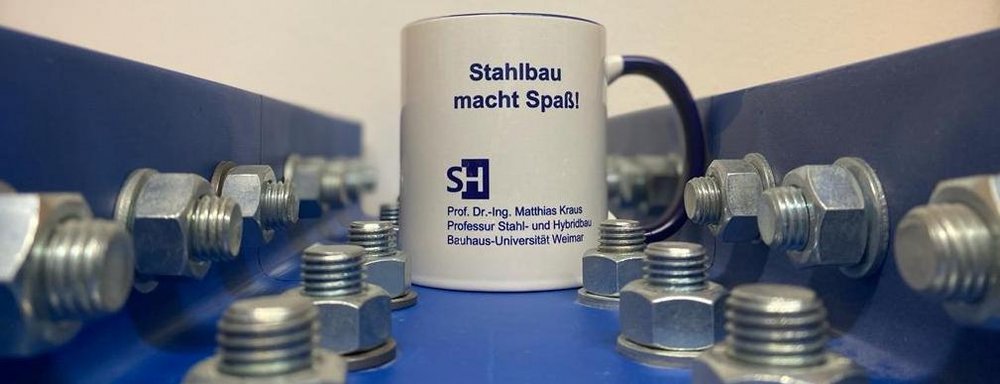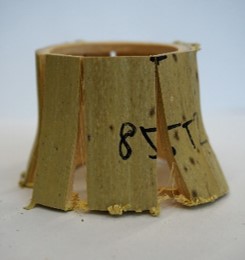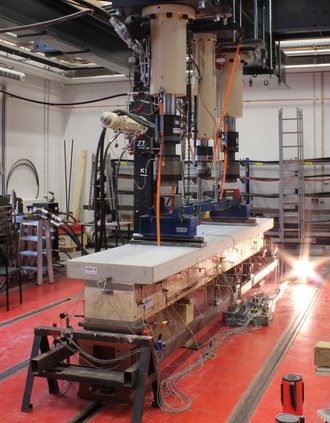“Building with giant grass – Can bamboo save the construction sector?”
Due to the scarcity of resources, there is an increasing need in Europe to research renewable raw materials for use in load-bearing structures. Bamboo is considered one of the oldest structural materials in the world and is the material of choice for cost-effective homes in developing countries to offset the growing demand for raw materials in cities as the population increases.
There are also increasingly cultivated bamboo deposits in Europe (e.g. in Italy or France), which can be used for load-bearing structures. However, due to the different growing conditions in Europe, these bamboo culms have different material properties compared to the Asian bamboo species, which have hardly been studied to date. Therefore, this project aims to carry out experimental studies on bamboo samples to analyze the tensile and compressive strength in parallel with the fibers of Phyllostachys edulis (Moso bamboo) grown in Italy.
"Wood meets concrete - new construction method for hybrid bridges"
Timber-concrete composite (TCC) road bridges are ecologically and economically viable alternatives to steel or solid construction road bridges. The research project aims to establish a new type of TCC construction method with full-surface bonding between concrete and timber for bridge construction. This requires the development of a constructionally robust manufacturing technology and adhesive joint design as well as research into the long-term mechanical behavior of the adhesive joint under temperature and moisture influences. A new type of sensor approach is being researched for detailed analysis, which will also be used for condition monitoring. Further information on the HBVSens research project can be found here.



































